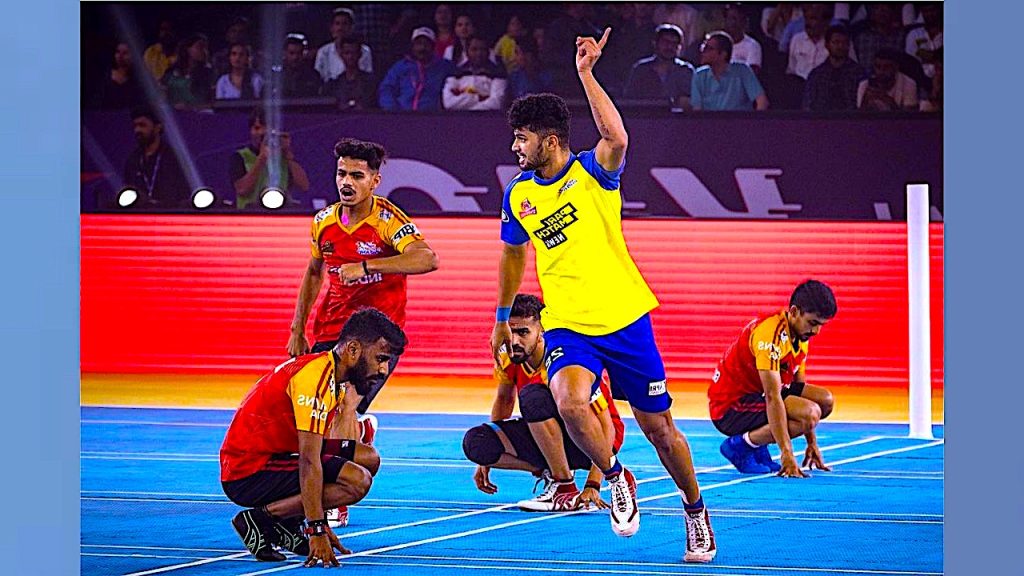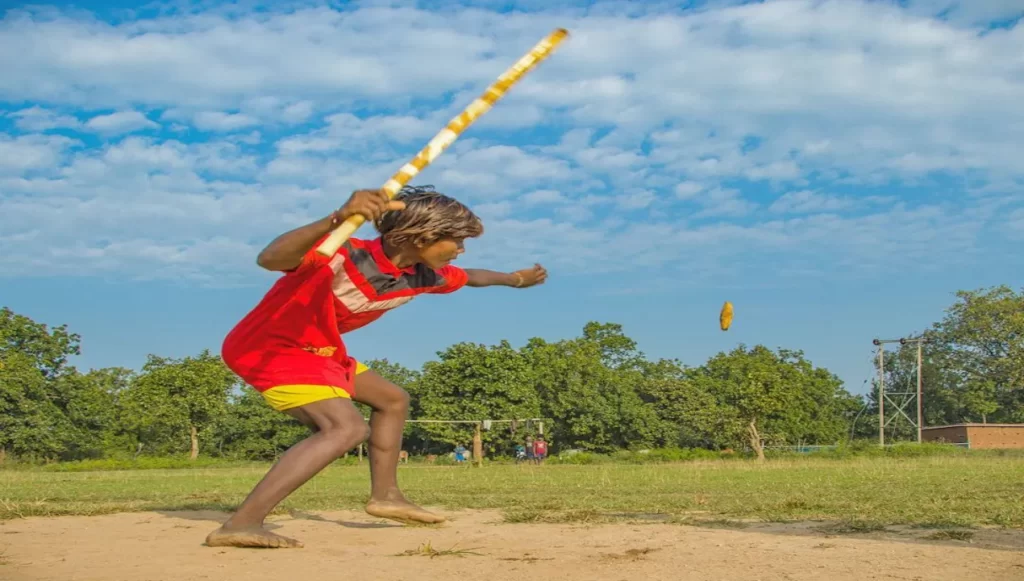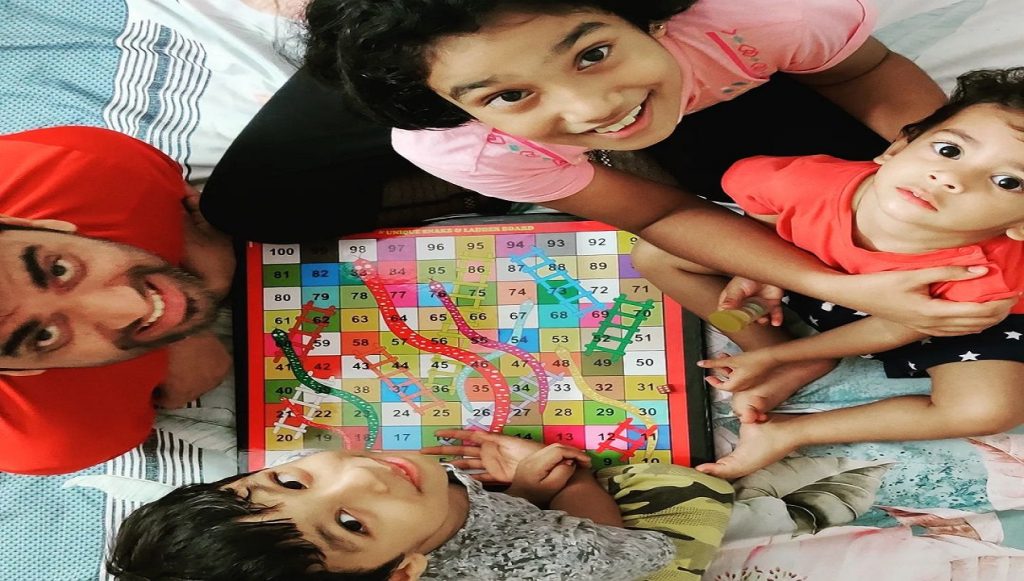This is a list of games that children in India used to play often. With the advent of mobile, laptop, and PlayStation devices, children are less likely to play all of these games. Playing all of these games benefits the child’s mental and physical health. Let us look at eight of the most popular childhood games.
Hide-and-seek
Hide and seek is one of the most popular games in India. Several variations of the game exist. In one variation, the seeker begins the game by counting with closed eyes. When he finds another player, the seeker joins the search for the remaining players. This variation is more like a hunting game than a game of hide and seek.
Hide and seek is a fun game for children and adults alike. Normally, three or more people play this game. The seeker (the player who is hiding) will count to 100 while closing his or her eyes. When he or she reaches a predetermined number, they call out “Ready or not, here I come!” The other players must then start finding the seeker. This game is an example of an oral tradition, and the game is often passed on from generation to generation.
Another variation on the hide and seek game is nondi, or “lock and key.” The game is similar to hide and seek, but involves a different object. In nondi, the denner, or person hiding, is blindfolded and must try to catch the other players or the other way around. Players can make different sounds to let the denner know which direction to go in.
Kho-Kho

Kho-Kho is an Indian sport that is played by two teams of twelve or fifteen players. Each team member sits in a block facing opposite directions. The aim of the game is to hit the Gilli as far as possible. The other team’s players must race to catch the Gilli before it hits the ground, giving their teammate a chance to bat. It is played indoors or outdoors on level clay surfaces. It was only recently that synthetic mats were introduced into the game.
The game began in ancient times and is still popular in India today. Its origins can be traced back to the Mahabharata. It is believed that the Kaurava General Guru Dronacharya created the game, which involved chariots. It was this ancient version that was referred to as “Rather,” meaning “Sacrifice.”
Kho-Kho is played on a field that measures about 27m x 16m. There are two end lines and two side lines that are 1.5m apart. The field also contains two small rectangular areas at each end, known as free zones.
Gilli Danda

Gilli-Danda is a traditional Indian game that is played between teams of four or more boys. Players are out when they miss Gilli on three consecutive attempts. In some regions of the country, points are doubled for each missed attempt. The game is played in two innings. The first innings lasts until all the strikers are out and then the chase begins. The game is challenging and requires exceptional hand-eye coordination and strong wrists. The popularity of the game in India has been declining over the years.
Gilli danda is a popular outdoor game in South Asia. It is played with a rubber ball and a pile of seven flat stones. Teams can have between three and nine players. The goal is to touch all of the stones without getting touched by the other team members. The game is played by two teams and is played by adults and children.
Players in this game play against each other by using sticks called Gilli and danda. The Gilli should be about three inches long and have a tapered end. To play the game, the team that wins the toss decides which side to play. Each player has three chances to hit the Gilli to the designated distance, and if they miss one, they lose.
Raja Chor Mantri Sipahi
Raja Mantri Chor Sipahi is a traditional game that originated in Maharashtra and is played in a group of four. The aim of the game is to guess the name of the character on each chit, which is a Raja, a Knight, a Thief, or a Thief. There are many variations of this game.
In the game, four paper chits are distributed among players. Each player is given a chit and taps it with a finger to see which character it reveals. The player who guesses the character correctly earns points. However, if a player guesses incorrectly, they forfeit their points and must reveal the character to the Chor.
Despite its simplicity, Raja Mantri Chor Sipahi is one of the most popular games in India. Almost every Indian has played this game at one point in their lives. The game is free to play and can be enjoyed by young and old alike.
Langdi
Langdi is an old Indian sport played in nearly every region of the country. It is analogous to the Hopscotch game, and both games use the rule of hoping. It is thought to have originated in the Pandyan Dynasty and has been refined over the centuries. Players take turns as chasers and defenders, with the attacker running first and attempting to tag the defenders with their palms.
The game was introduced to the college level at Mumbai University two years ago. The university wanted to introduce the game to students and promote physical fitness. Since then, the game has expanded into Nepal, Singapore, and Bhutan. In 2013, it was also introduced in Malaysia. There are even several Langdi tournaments held around the world.
Langdi is a fun outdoor game that is similar to baseball and cricket. Two teams compete to collect the opponent’s pile of stones and score points for the team. In some regions, the game is called stapoo.
Snake and Ladders

Snake and ladder is a game popular in India and around the world. It combines elements of social science and culture with the thrill of playing a board game. The game has two important components: snakes represent good deeds and ladders represent bad. The snakes on the first level represent lower forms of life, while the ladders represent higher levels of consciousness. The game is traditionally played with two players.
The game’s origins can be traced back to ancient India. It was first known as Moksha Patamu and was played as early as the 2nd century BC. The game was originally a game for moral instruction and was played with more snakes than ladders. Later on, it was introduced in the west by John Jacques and Milton Bradley.
The game is a representation of the path to a better life. It focuses on the virtues and vices of human beings. Aspirants should aim for the last square, which is a symbol of freedom.
Statues
A variation of the game is called “Winnie the Pooh.” The person who plays the role of “Pooh” stands against a wall and must yell out “1, 2, 3, Pooh, stop!” which rhymes in Bulgarian. When someone tries to tag Pooh, they must run and try to avoid being touched by them. If they succeed, they become Pooh.
Statues can be built for three purposes. The first is a Keynesian one: to boost the economy and create employment. The Bara Imambara, for example, was built during a famine in 1784. It employed 20,000 workers over fourteen years. The majority of the men who built it were common people.
Traditionally, statues have served a political purpose in India. It is not uncommon to see statues of leaders in India. Some chose to memorialize themselves while they were still alive. But it’s not just political figures who are immortalized by statues.
Lakhoti

Lakhoti is one of the most popular games played in India. It is a game of marbles and is played by men and boys. The goal of the game is to hit as many marbles as possible. The game can be played in open fields or under the shade of trees. The number of players is never limited.
This game has evolved from its traditional origins and has evolved into a popular recreation in Indian villages today. Lattoo, or spinning top, consists of a circular body with a nail at the base. The player who manages to spin it for the longest time wins the game. Lattoo was originally made of clay, but wooden versions were introduced around 2000 BC. Today, you can still find spinning tops made of wood.
India has a rich tradition of traditional games and sports. Unfortunately, our modern kids are absorbed in video games and have little time to participate in traditional games. Many traditional games are no longer played in our society, and children are suffering from health problems as a result of a lack of physical activity. It is therefore important to revive these games so that future generations can benefit from them.